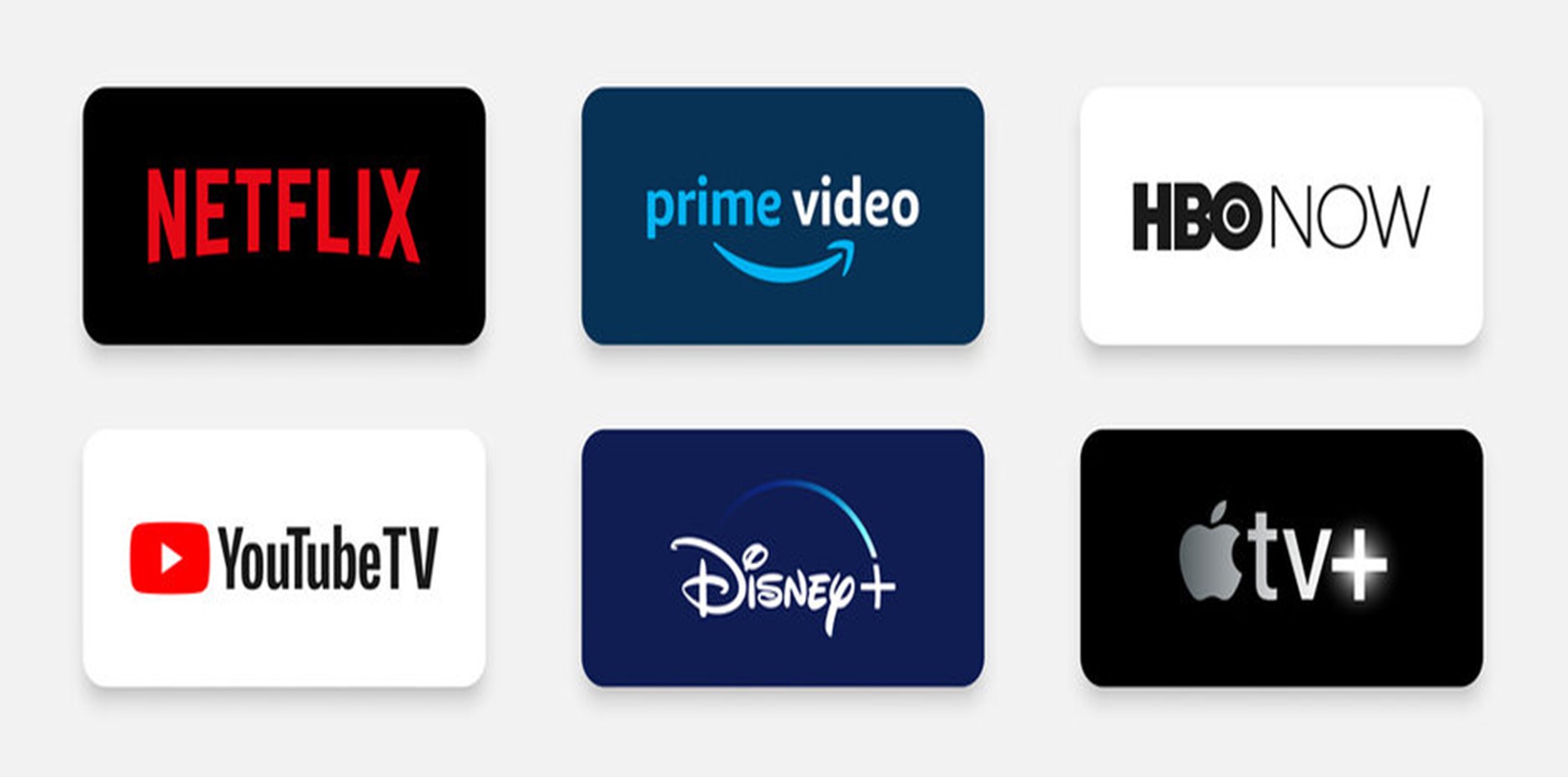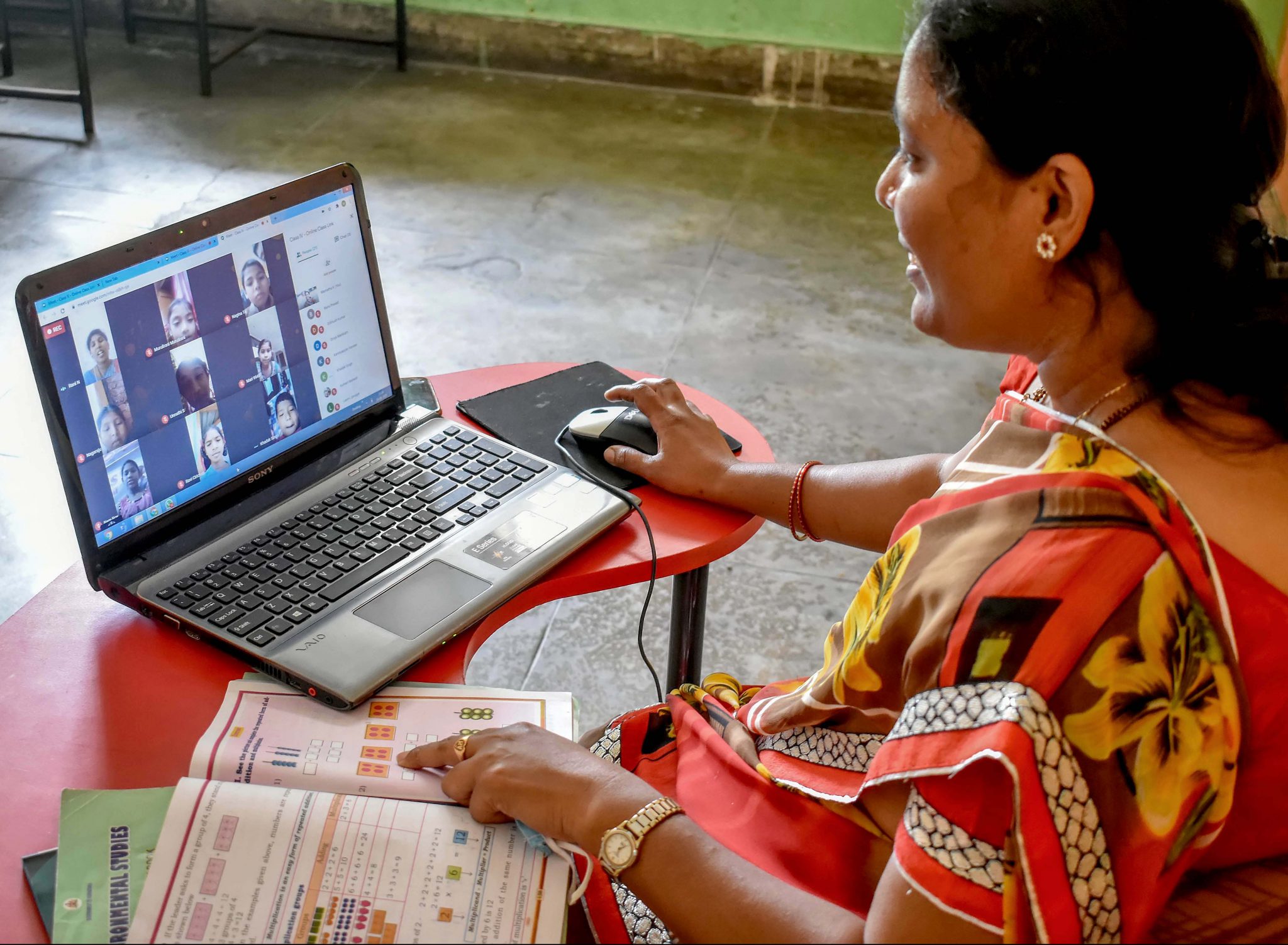- Courses
- GS Full Course 1 Year
- GS Full Course 2 Year
- GS Full Course 3 Year
- GS Full Course Till Selection
- Answer Alpha: Mains 2025 Mentorship
- MEP (Mains Enrichment Programme) Data, Facts
- Essay Target – 150+ Marks
- Online Program
- GS Recorded Course
- Polity
- Geography
- Economy
- Ancient, Medieval and Art & Culture AMAC
- Modern India, Post Independence & World History
- Environment
- Governance
- Science & Technology
- International Relations and Internal Security
- Disaster Management
- Ethics
- NCERT Current Affairs
- Indian Society and Social Issue
- NCERT- Science and Technology
- NCERT - Geography
- NCERT - Ancient History
- NCERT- World History
- NCERT Modern History
- CSAT
- 5 LAYERED ARJUNA Mentorship
- Public Administration Optional
- ABOUT US
- OUR TOPPERS
- TEST SERIES
- FREE STUDY MATERIAL
- VIDEOS
- CONTACT US
Regulation of OTT Platforms
Regulation of OTT Platforms

Latest Context:
Recently, the Telecom Disputes Settlement Appellate Tribunal (TDSAT) has announced a verdict that Over The Top (OTT) platforms like Netflix doesn’t come under the jurisdiction of the Telecom Regulatory Authority of India (TRAI).
More about news:
- As per TDSAT, OTT platforms are governed under the Information Technology Rules, 2021 which were notified by the Ministry of Electronics and Information Technology (MeitY).
- The tribunal clearly mentioned that OTT platforms are outside the purview of the TRAI Act,1997 since they do not require any permission or a license from the central government.
What are Over-The-Top (OTT) Platforms?
- OTT platforms are media streaming platforms that deliver content directly to users over the internet, bypassing traditional cable or satellite television distribution.
- These platforms provide a vast library of content, including movies, TV series, documentaries and more, entertaining a diverse audience. Users can choose when and what they want to watch, providing flexibility in their viewing schedules.
- OTT platforms are accessible on a variety of devices, including smartphones, tablets, smart TVs, gaming consoles, and computers, making it easy for users to watch content on the device of their choice.
- Many OTT services can be used by paying subscription, where users pay a monthly fee for access to content like Netflix, Hotstar etc, while some OTT platforms are free to use but include advertisements to generate revenue, similar to traditional television broadcasting. YouTube is a prominent example of an ad-supported OTT platform.
- These platforms use algorithms and user data to recommend content based on a user's preferences, creating a more personalized viewing experience.
- In 2022, the Central Government notified the Information Technology (Intermediary Guidelines and Digital Media Ethics Code) Rules 2021 to regulate OTT platforms.
What is the controversy over OTT platform regulations?
- Censorship and Freedom of Expression: One of the central issues is how to regulate content on OTT platforms without infringing on the freedom of expression. Some argue that government regulations can lead to censorship and limit artistic and creative freedom. Critics of regulation fear that it could restrict innovation and diverse content.
- Content Classification and Rating: Many OTT platforms offer a vast array of content, including movies, TV shows, and original productions. Regulators often debate the need for a content classification and rating system to help viewers make informed choices and protect minors from inappropriate content. However, determining content ratings can be subjective and controversial.
- Local Content Requirements: Some countries have introduced regulations requiring OTT platforms to host a certain percentage of local content. While this can promote cultural diversity and support local industries, it may also limit the variety and availability of international content.
- Data Privacy and User Rights: Regulations may involve collecting data on users and their viewing habits, which can raise concerns about privacy and data security. Striking a balance between data collection for regulatory purposes and safeguarding user rights is challenging.
- Global vs. Local Standards: Global OTT platforms often face challenges when trying to comply with varying national standards and regulations. What may be acceptable in one country may be considered offensive or illegal in another, leading to a complex web of content restrictions and compliance issues.
- Political Influence: The regulation of OTT platforms can sometimes be influenced by political motives or agendas, leading to accusations of bias or selective enforcement.
- Conflict Between MoC and MeitY: Telecom Regulator TRAI and Department of Telecommunications (DoT) under the Ministry of Communications (MoC) got in conflict with the Ministry of Electronics and Information Technology (MeitY) over, who should regulate the OTT platforms. MeitY believes that under the Allocation of Business Rules, Internet-based communications services are not part of DoT’s jurisdiction.
About Information Technology Rules, 2021
1. Aim: These rules are aimed at regulating digital content, social media platforms, and online intermediaries. They lay down guidelines and obligations for online platforms, including social media companies, messaging apps, and streaming services.
2. Intermediary Liability: The rules specify that intermediaries (platforms like Facebook, Twitter, and YouTube) must adhere to certain due diligence requirements. They are expected to appoint officers to handle user complaints, promptly remove objectionable content, and provide assistance to law enforcement agencies.
3. Content Removal: These rules require platforms to take down specified categories of content within 36 hours of receiving a government order. This content includes information that is deemed unlawful or against the interests of the sovereignty and integrity of India, public order, etc.
4. Traceability of Messages: Messaging apps like WhatsApp are required to trace the origin of problematic content that could lead to criminal activities or threaten national security. However, this particular provision has been a subject of controversy and legal challenges.
5. Self-Classification of Content: OTT platforms are required to self-classify their content into age-based categories and adhere to a content code.
6. Oversight and Compliance: The rules establish a three-tier oversight framework, with a self-regulatory body for online news publishers and OTT platforms. The highest level of oversight is provided by the Ministry of Information and Broadcasting.
7. Disclosure of Information: Online platforms are expected to provide user information and any other relevant data to law enforcement agencies, if required.
8. Grievance Redressal Mechanism: The grievance officer of the platform’s redressal mechanism is responsible for receiving and resolving complaints of the users. He is expected to acknowledge receipt of the complaint within 24 hours and dispose of the same in an appropriate manner within 15 days.
9. Privacy Policies: The privacy policies of the social media platforms must ensure that users are aware about not circulating copyrighted material and anything that can be defamatory, objectionable, threatening the unity, integrity, defence, security or sovereignty of India or friendly relations with foreign states, or violative of any law.
Telecom Disputes Settlement and Appellate Tribunal (TDSAT)
- About: It’s a specialized quasi-judicial, statutory body that primarily deals with disputes and appeals related to telecommunications sector.
- Establishment: It was established in 2000 under the Telecom Regulatory Authority of India Act, 1997.
- Jurisdiction: TDSAT's jurisdiction extends to matters and disputes arising out of licenses and orders of TRAI. It also covers issues related to interconnection and tariffs, quality of service, and any other matter that may be referred to it by the central government. TDSAT plays a crucial role in ensuring fair competition and resolving issues in the telecommunications sector.
- Composition: It is typically composed of a chairperson, who is a retired judge of the Supreme Court or a retired Chief Justice of a High Court, and two other members, including judicial and technical members. These members have expertise in telecommunications, law, and related fields. The members are selected by the Central Government in consultation with the Chief Justice of India (CJI).
- Term of office: The Chairperson and the other members of TDSAT hold office for a term of maximum 4 years or 70 years (for Chairperson), whichever is earlier. In the case of members other than the Chairperson, the maximum age is 65 years.
- Appeals: TDSAT hears appeals against decisions made by regulatory authorities such as TRAI. It has the power to conduct a judicial review of orders or decisions made by regulatory authorities, and it can set aside, modify, or confirm these orders.
- Independence: TDSAT was designed to be an independent body, that is not influenced by the government or the telecom industry. Its members are appointed based on their qualifications and expertise, and they serve fixed terms.
- Speedy Resolution: It is known for its relatively speedy resolution of telecom disputes, making it an important institution for maintaining the stability and fairness of the telecom sector.
- Location: The principal seat of TDSAT is in New Delhi, but it has the authority to hold sittings at other locations in India, depending on the need.
Powers of TDSAT:
- Basically, the civil courts do not have any jurisdiction to entertain any matter, which the TDSAT is empowered to hear.
- TDSAT has all the powers of a civil court and an order passed by it is executable as a decree of civil court.
- The scope of the TRAI Act was expanded in 2004 to include broadcasting and cable services. After the enactment of the Finance Act in 2017, TDSAT's jurisdiction was extended to include cases that were previously under the jurisdiction of the Cyber Appellate Tribunal.
Conclusion:
The debate surrounding OTT platform regulation is ongoing and complex, with a need to strike a balance between safeguarding societal interests, cultural norms, and individual rights, while promoting a dynamic and innovative media environment. Different countries are approaching this issue in their own ways, resulting in a variety of regulatory models and controversy.



